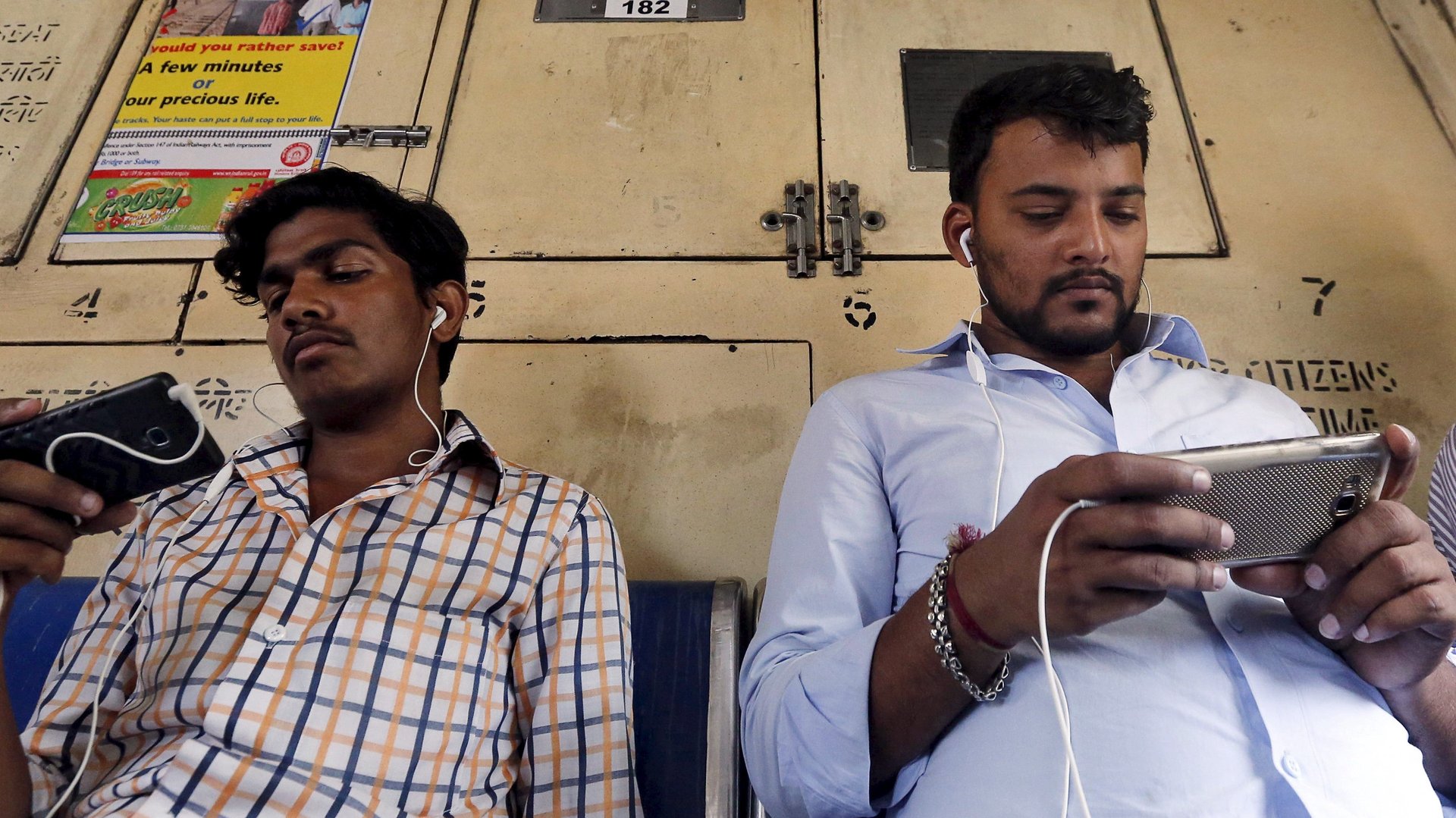OTT platforms may dethrone TV as the first stop for entertainment in India
Thanks to the growing popularity of online video content, a number of Indians may soon turn their backs on the TV.


Thanks to the growing popularity of online video content, a number of Indians may soon turn their backs on the TV.
As many as 80% of those who subscribe to over-the-top (OTT) services say all their entertainment needs are being met through online content, according to a report published by consultancy firm KPMG India and the OTT platform Eros Now. As a result, 38% of these viewers are considering giving up on traditional content viewing mediums such as the TV.
The findings are based on a survey of 1,458 OTT users across 16 states.
“While the intent to cut the cord may not translate into doing so eventually, more than a third of the respondents are willing to actively consider it, and that outlines the rapid growth digital video has made, and the threat that traditional video distribution could face in the long run,” the report said.
An even spread
Respondents from big and small towns said that online content is meeting all their needs in the entertainment segment, the report said.
Across small and big cities, nearly a third of the respondents said they are willing to pull the plug on the TV.
Those with higher incomes are more likely to give up on TV in favour of OTT platforms, the report said.
Lure of OTT
By financial year 2023, India will have more than 500 million online video subscribers, making the country the second-biggest online video market in the world after China, the report said.
“India is one of the fastest-growing entertainment and media markets globally and is expected to keep that momentum. As data and digital infrastructure has become exceedingly accessible even in small cities of India, the market for OTT has widened enormously,” said Rishika Lulla Singh, chief executive officer, Eros Digital.
The key drivers for higher adoption of OTT services in India are the viewers’ need for accessing differentiated content on the go.
Contrary to popular belief, digital video is no longer the preserve of the young. With growing access to smartphones and data connectivity, people across age-groups are increasingly watching content online.
Consumption preferences
A majority of the OTT viewers watch content on their mobile phones. In fact, 29% of the respondents admitted watching online videos even during office hours. About 5% watch content on their internet-enabled smart TVs, which could be an important growth avenue in the future, the report said.
The most popular genres for online video viewing across age-groups and geographies are comedy followed by drama and action.
Of all the languages, Hindi dominates online video consumption.
“One of the reasons for the dominant preference of Hindi could be the supply of content, especially original content on online video platforms in the Hindi language,” said Girish Menon, partner and head media & entertainment, KPMG in India.